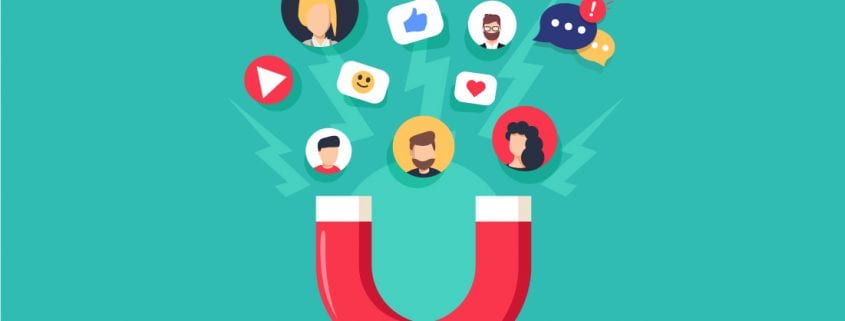
6 Effective Call To Action Examples
Great content is essential to building brand authority, attracting leads, engaging with leads, building trust, and more. However, good content will only take you so far. If you want your leads to take action once they’ve read or viewed your content, you’ll need to end with a convincing call to action. Without calls to action, your leads won’t know what you want them to do, which will make it more difficult for you to capture them. The following call to action examples will give you an idea of how to create a call to action that is effective:
1. Be Clear And Concise
Your call to action should only be a sentence or two long. If your call to action is too long, your intention may get lost. The last thing you want is for a lead to read your call to action and forget what it was that you were attempting to get them to do by the time they get to the end.
2. Highlight Benefits
You can’t tell a lead what to do unless you offer them something of value in return. For example, you can’t just say “sign up to our newsletter,” if you don’t provide a reason for them to do so. Otherwise, what’s the point in them taking action? Take the call to action examples of Ikea, one of which asks leads to sign up to their newsletter:
Sign up here to get IKEA promotions, news and exciting design ideas for your house and workplace delivered right to your inbox!
This call to action is very clear about what the benefits are to signing up to their newsletter, all while keeping it short and sweet.
3. Emphasize A Lack Of Risk
One of the reasons why it’s so important to build your brand authority is so that you can build trust with your leads quicker. The more people trust you, the more willing they will be to follow your calls to action. However, even if you have managed to establish your brand, people tend to be hesitant about providing their personal information. Because of this, you should emphasize the low risk of following your call to action. Netlifx has a great example of this:
See what’s next. Watch anywhere. Cancel anytime.
Not only does Netflix highlight the benefit of signing up (watching anywhere), they also emphasize the lack of risk (cancel anytime).
4. Use A Sense Of Urgency
Create a sense of urgency with the words you use. This has a psychological effect on leads, helping to encourage them to take action sooner rather than later. If they decide to wait until later, they may forget about your offer, after all. Words that incite urgency include “now,” “today,” “instantly,” and “hurry,” to name a few.
5. Consider Two Calls-to-Action
Because you should keep it simple, it’s usually better to stick to one call to action at a time. However, in some cases, two may be appropriate. For example, if you offer two versions of your service, such as free and premium, or if you have a trial available, in which case you may want to have sign up buttons for the service itself and for a trial to that service. Spotify does this with their call to action, which includes two buttons:
Get Spotify Free
Get Spotify Premium
This can be effective since people who try free versions or trial versions are often more likely to sign up for the paid service as a result.
6. Make It Stand Out
Make sure that your calls to action are easy for leads to spot. Instead of just using regular text that blends into the text of your content, consider using buttons that are of different colors than your background. Many successful call to action examples also use visual images. Lyft, for example, uses an image of a driver and his passenger, who is enjoying the ride, as an image that provides an immediately positive impression of their service.
The stronger your calls to actions are, the more leads you’ll convert. These call to action examples should give you a good idea of how to make calls to action that will help improve your conversion rate.




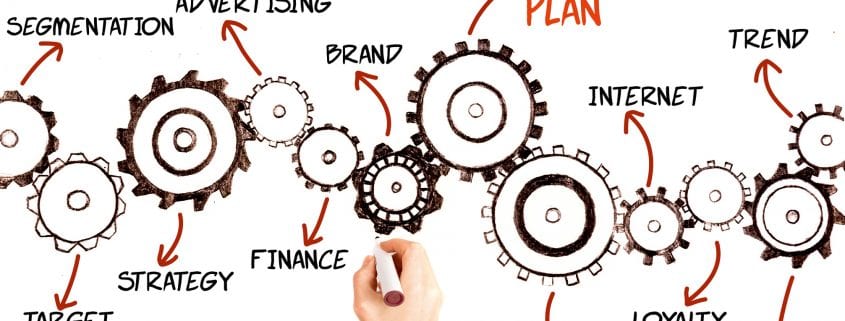


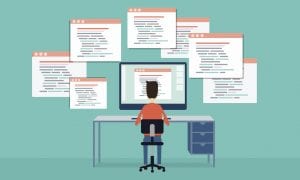
 Use Social Media
Use Social Media
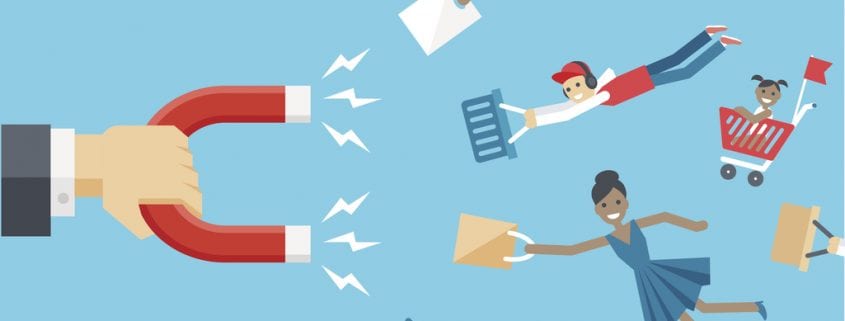
 Possibly one of the most useful parts of attraction marketing for your business is that you become the thought leader in your industry. Buyers as well as industry leaders will turn to your brand to help solve their problems as you make them more aware of the issues they face.
Possibly one of the most useful parts of attraction marketing for your business is that you become the thought leader in your industry. Buyers as well as industry leaders will turn to your brand to help solve their problems as you make them more aware of the issues they face.

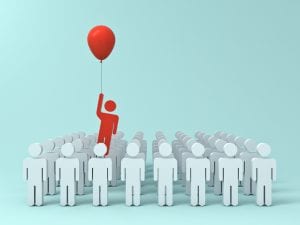




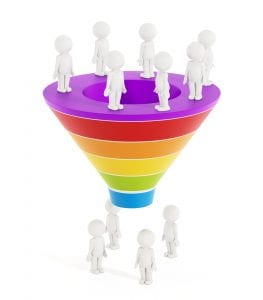

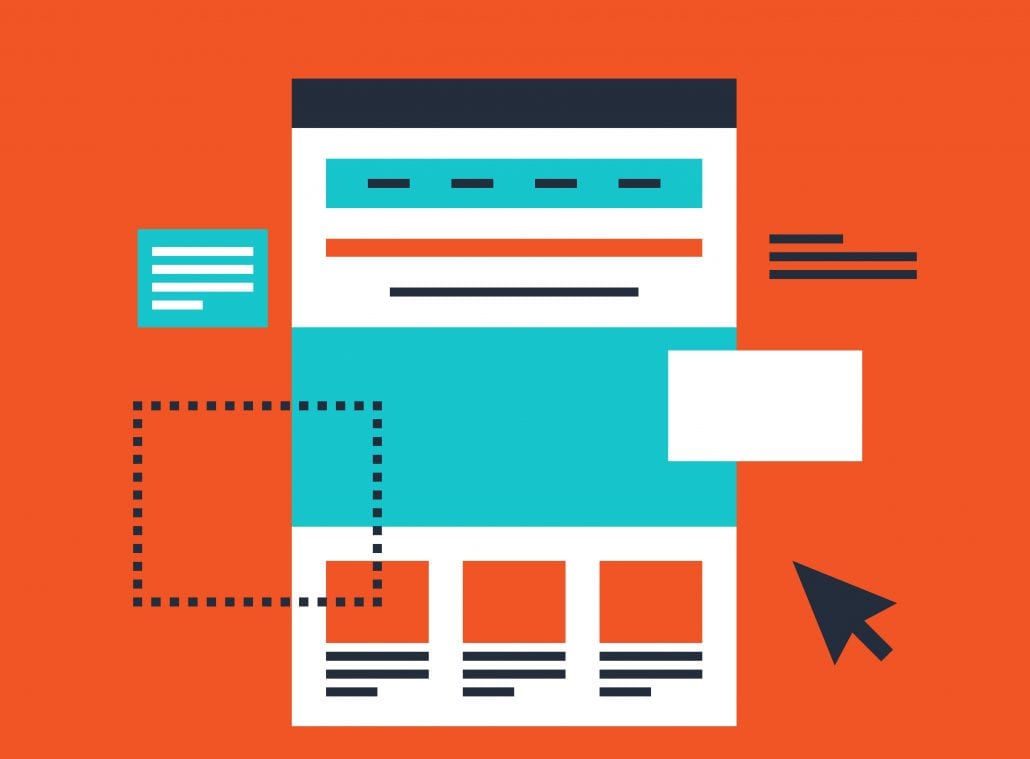








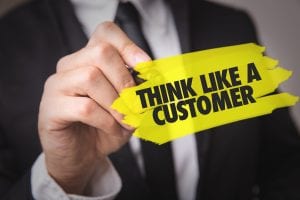


 4. Use Colors Consistently
4. Use Colors Consistently

